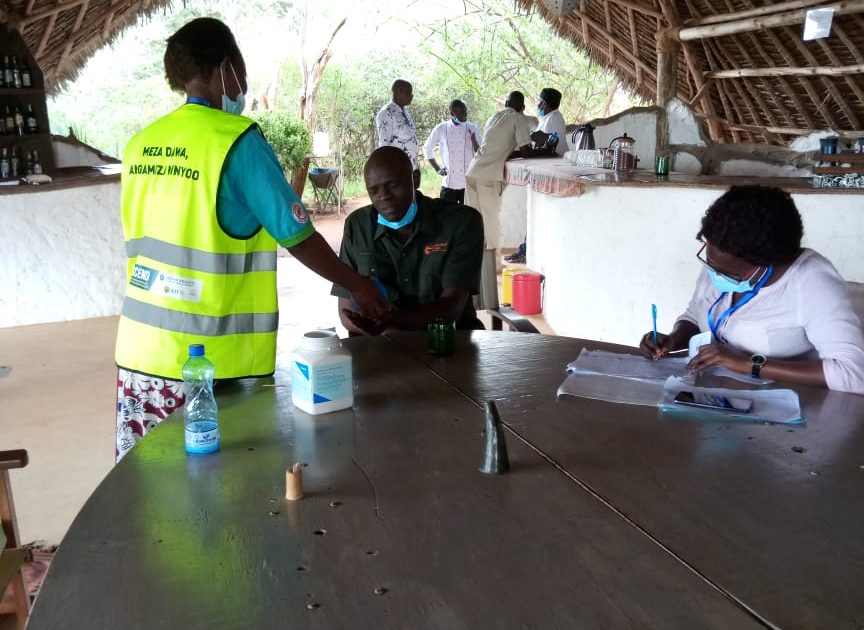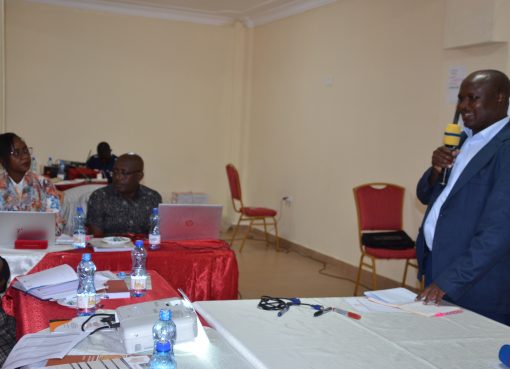Over 70,000 residents of Taita-Taveta County have benefited from the Mass Drug Administration (MDA) campaign to eradicate Bilharzia after research findings established the presence of the parasite in the region.
The campaign, a joint initiative by the Ministry of Health and the department of Health Services of Taita-Taveta, was informed by alarming findings of Bilharzia worms in urine and stool samples extracted from a representative portion of residents from six wards; two in Voi and four in Taveta.
Though all wards were sampled, it was only six wards in Voi and Taveta Sub Counties that brought back positive results for the Bilharzia parasite that was in excess of the World Health Organization (WHO) basement threshold of two per cent infection rate.
This is the first time Mass Drug Administration targeting eradication of Bilharzia is being conducted in the region.
In Voi Sub County, the parasites were found in Sagalla and Ngolia wards. In Taveta Sub County, Bilharzia parasites were found in four wards of Challa, Mahoo, Mata and Mboghoni. The campaign was also targeting to treat common worms which is prevalent amongst the targeted residents.
Mr Patrick Heya, Voi Sub County Public Health Officer, said 7,184 people were given drugs for Bilharzia in Ngolia Ward while 9,867 were treated in Sagalla for the same. For common worms, drugs for 8,753 individuals were administered in Ngolia while Sagalla had 12,022 individuals treated.
Taveta Sub County has the highest number of targeted residents owing to its location near large water bodies, presence of low-lying swamps and water-logged farms. In Challa ward, 24,850 people were targeted for the exercise while Mahoo had 11,759. Mata Ward and Mboghoni ward had 14,850 and 16,686 individuals respectively targeted for the MDA.
Mr Kelvin Nyarido, Taveta Sub County Coordinator for Neglected Tropical Diseases, said the high numbers in Taveta came from the presence of several swampy areas where snails that acted as vectors to the parasite thrived. He further added that the region was also flood-prone as water from the neighboring Tanzania ended up in Taveta hence posing a risk to the local residents.
“Most residents are farmers and spend their days in their farms with little protection in terms of foot wear. This exposes them to the risk of getting this parasite,” he said.
He added that Mass Drug Administration for Bilharzia managed to reach over 57,000 residents which was approximately 90 per cent. For common worms, the campaign reached 62,458 targeted residents.
Bilharzia is a tropical disease that is caused by a parasitic worm. The vector is snails that are found in swampy and watery zones. The snails release the worms in water which then enter the human body through the skin. People who walk barefoot in swampy areas have a higher probability of contracting Bilharzia.
Mr Nyarido stated that apart from administration of drugs to break the transmission cycle, there were also other interventions including upscaling of health information and communication with calls for farmers to adopt use of protective footwear while going to the farms. There is also a campaign to encourage and enhance latrine coverage to avoid cases of open-defecation which also transmits the worms.
“It’s a multi-pronged approach that is meant to eradicate this parasite,” said the tropical disease officer.
The Mass Drug Administration campaign is funded by Accelerating the Sustainable Control and Elimination of Neglected Tropical Diseases (ASCEND) through Department for International Development (DFiD) and will run for five-years as a requirement by WHO to ensure there is total eradication or proper containment of the parasites.
Another survey will be conducted before the campaign ends to determine the effectiveness and assess the results achieved.
By Wagema Mwangi




